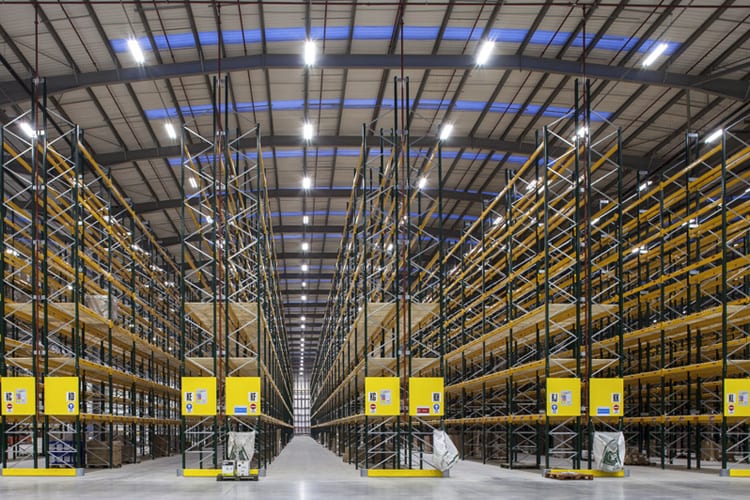As your business grows, you may find yourself moving from one-off orders to a full manufacturing and retail delivery need. While you once delivered outgoing orders to the post office yourself, you now face the need to implement Supply Chain Planning (SCP).
The supply chain planning (SCP) process consists of coordinating your business’s assets with those of your vendors, suppliers, and delivery firms to optimize the receipt of raw materials and delivery of your finished products to your customers whether via retail stores or the end-user. It focuses on a balance between the supply of your crops, manufactured product, or service and the demand for it.
Software for SCP
Rather than attempting to devise your supply chain manually, you should use SCP software. A suite of business software that includes a SC planner and integrates with a transactional system works best so you can manage inventory, track sales, and run real-time reports that let you quickly respond to emergency demand and pull product when a need arises, such as needing to recall products from a specific manufacturing run. Other handy items the software suites let you accomplish include:
Life cycle management, promotions, event planning, quick production scaling, Integrated business, operations, and sales planning, Production and sales forecasting, Demand planning scenarios, Automated inventory replenishment, Automated ordering of raw materials/supplies, Production scheduling, Distribution planning and deployment, Capacity planning.
Scaling Your Business with SCP
While you may not see the need for all of those nifty tasks at present in your company, you probably did not start out at the point of need SCP software either. Businesses grow and develop and as they do, their needs grow and develop. Choosing the right software at the outset means it will scale as you scale your business. Scalability proves one of the deciding factors in a business’s success.
For you to scale production, you need the planning tools discussed above, starting with the capacity planning feature. You need to know what your plant and workforce could capably produce in an hour, day, week, or month before you can accept any large orders. Until you know your plant’s capacity, you need to stick with the product you have on hand.
Once you move from on-demand ordering and production to manufacturing for retail sales, you need to readily respond to consumer demand. That means, if you sell out of product in a drug store in Topeka, KS, you need to quickly replenish that product. The process of supply chain planning and the software that simplifies it help you scale your business and plan for your future.




